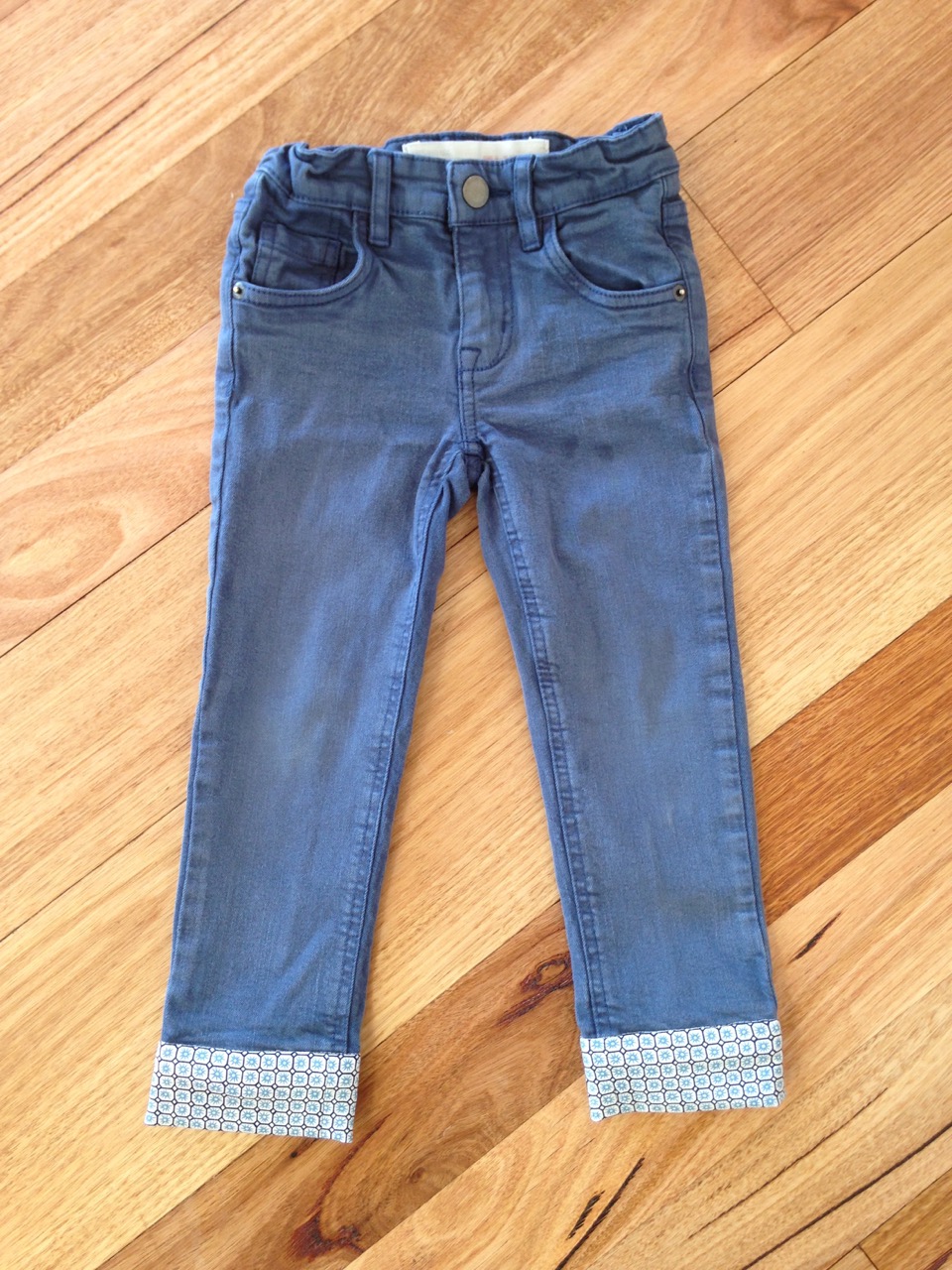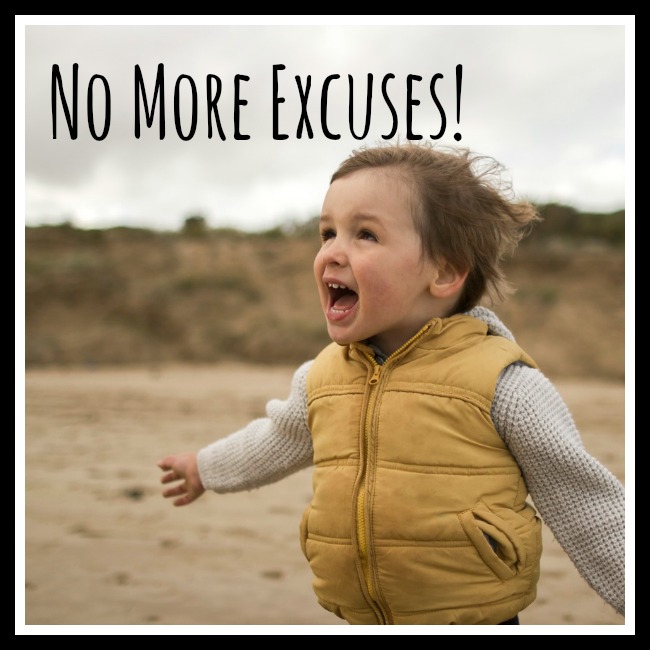If you'd like to sew your own, here is how I did it (in a nutshell). Instructions include sewing a french seam to join the two front and the two back pieces together, but regular seams everywhere else for ease.
You will need: (For 1 duvet cover and 2 pillow cases)
6 (or 7 for a king) x 20mm (approx) buttons
430cm (Queen) / 470cm (King) each of 2 different coloured linens (150cm wide)
Cut each piece in half to give two 215cm (235cm) long pieces of each linen.
Take one of these pieces and cut it in half along the length to give two 75cm x 215cm (or 235cm) strips of fabric. Set one of these aside, we will use it later to make the pillow cases. Repeat for the contrasting fabric.
Sew the Duvet:
Align the long edges of one full width piece and one contrasting half width piece. Place WRONG sides together and join, sewing with a 1cm seam.
Trim the seam to 5mm then press open. Fold the fabric along the join so that the seam is hidden between the two layers of fabric and the RIGHT sides are now together. Press.
Sew along the joined edge, sewing a presser foot's width (7-8mm) from the edge and so enclosing the raw edges of the join in your new seam.
NOTE: Unless you are sewing with printed linen, you very likely don't have a right and a wrong side to your fabric (I think this is one of the reasons that I found it all so confusing!) Just remember that once you have sewn your french seams, you WILL have a right and a wrong side. (the wrong side is the one where you can see the french seam.)
Press the seam allowances towards the foot of the duvet (towards the shorter strip of contrasting fabric) and then, from the right side, topstitch along the seam - sewing through the hem, a few mm from the join.
Repeat to join the two back pieces of the duvet cover.
Find a large expanse of floor and lay out your duvet front and back pieces on top of one another, with RIGHT sides together. Pin along the top edge and both sides. Sew these seams with a 1.5cm seam. Finish seams with an overlocker or a zigzag stitch.
Hem the duvet by pressing 1cm to the wrong side right around the open mouth at the base of the duvet. Press another 2cm to the wrong side and pin in place. Sew right around the base of the duvet.
Place a button every 30cm along the hem to close the duvet cover. (If you have sewn a king size duvet cover, place the buttons every 30cm, starting and ending 10cm from each edge.)
































































